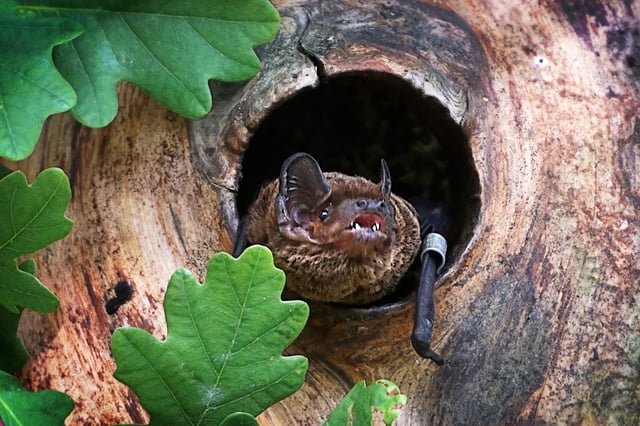Overview
- Researchers from the Leibniz Institute for Zoo and Wildlife Research fitted 32 Leisler's bats with GPS loggers to map detailed habitat use in Brandenburg, Germany.
- Analysis shows the bats strongly prefer structurally rich oak woodlands and avoid spruce-dominated plantations in intensively managed forests.
- Declining availability of old trees with natural cavities has driven Leisler's bats to roost in settlement green spaces and historic buildings, including churches.
- Wind turbines erected within or near forests pose a heightened collision risk as bats mistake the tall structures for tree trunks.
- The team urges adoption of sustainable forestry that preserves old trees and diverse forests alongside urban planning measures to protect alternative roost sites.
